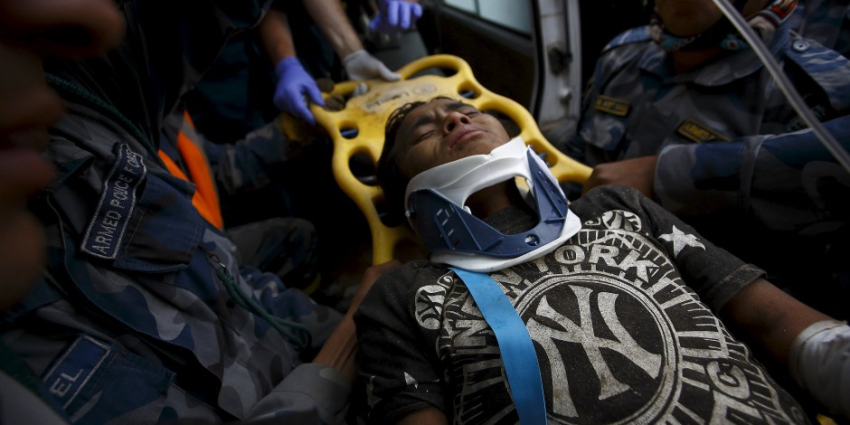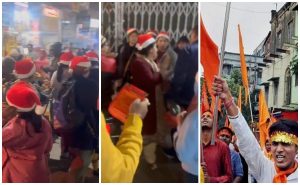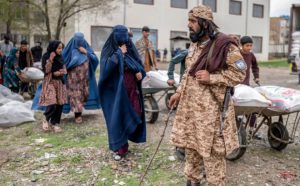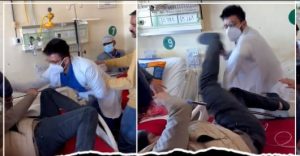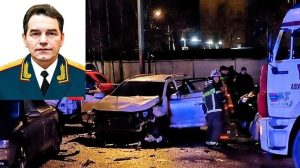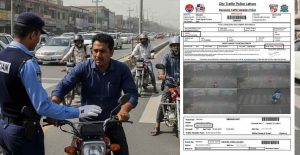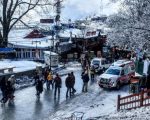KATHMANDU (Web desk) – A teenage boy has been rescued after surviving for five days in the rubble of a building, following an earthquake that killed some 5,500 people in Nepal.
A huge crowd cheered as rescuers brought the boy out of the rubble in the capital, Kathmandu. The boy has now been taken to a field hospital.
Meanwhile, bad weather is hampering the delivery of relief to remote villages, a Nepal government spokesman said.
The government has been criticised for its response to the disaster.
Outside the capital, the relief effort has relied heavily on helicopters, with mountainous roads blocked by landslides triggered by the earthquake.
Laxmi Dhakal, a spokesperson for Nepal’s Home Ministry, told the BBC that helicopters loaded with rescue workers and relief materials were ready to fly but had been held back by “rainfall and cloudy conditions”.
In Kathmandu, rescue workers from Nepal and the US worked for hours to free the boy from the rubble of the building.
The boy, named in the media as Pemba Lama, eventually emerged blinking into the sunlight, to cheers from a crowd.
He was carried out away on a stretcher with a blue brace strapped around his neck, and has now been taken to an Israeli-run field hospital.
Andrew Olvera, an official from the US Agency for International Development, earlier told the Associated Press news agency that the boy had been trapped between the collapsed floors of the building but was not “too far down”.
Frustration has been growing in parts of rural Nepal over the pace of relief efforts, with some badly-affected villages yet to receive any assistance.
Survivors in some areas told the BBC that they were angry that neither food nor medicine had reached them.
The UN has appealed for $415m (£270m) to help provide emergency relief over the next three months. Officials say Saturday’s quake injured at least 11,000 people.
The UN says more than eight million people have been affected by Saturday’s 7.8-magnitude quake and some 70,000 houses have been destroyed.
In several villages north-east of the capital, Kathmandu, no buildings have been left untouched and bodies are still lying under the rubble, the BBC’s Richard Galpin reports.
“We will die if there is no help from the government or other organisations,” Dhan Bahadur Shresta, a resident of Deupur Sipaghat Kavre village, told our correspondent.
“We will starve to death and could get diseases like cholera and dysentery and there could be an epidemic.”
Some helicopter crews who have managed to land in isolated communities have been faced with desperate villagers pleading to be airlifted to safety.
In the village of Sangachowk, angry villagers blocked the main road with tyres and stopped trucks of rice and other aid headed for other areas, Reuters news agency reported.
The villagers also reportedly blocked a convoy of army trucks loaded with relief supplies, leading to a tense standoff with armed soldiers.
There were more angry scenes in Dolakha, east of Kathmandu, when residents smashed the windows of a local administrative building, Chief District Officer Prem Lal Lamichhane said.
“Over 200,000 people are homeless. We’ve been told that materials are on their way, but we haven’t received them yet,” he added.
Despite extensive damage, experts say the number of casualties in many villages was lower than feared because people were working outdoors at the time the quake struck.
In Kathmandu, riot police clashed on Wednesday with protesters angry at a lack of transport out of the city and delays in distributing aid. Thousands were waiting for buses to take them to rural areas.
Witnesses said a truck carrying drinking water was forced off the road and protesters climbed on top of it, throwing the bottles into the crowd.
However, there have been some signs that parts of the capital are returning to normal.
Some people have decided to return to their homes, having spent several nights in the open. Cash machines have been refilled and some shops and street vendors have once again started trading.

